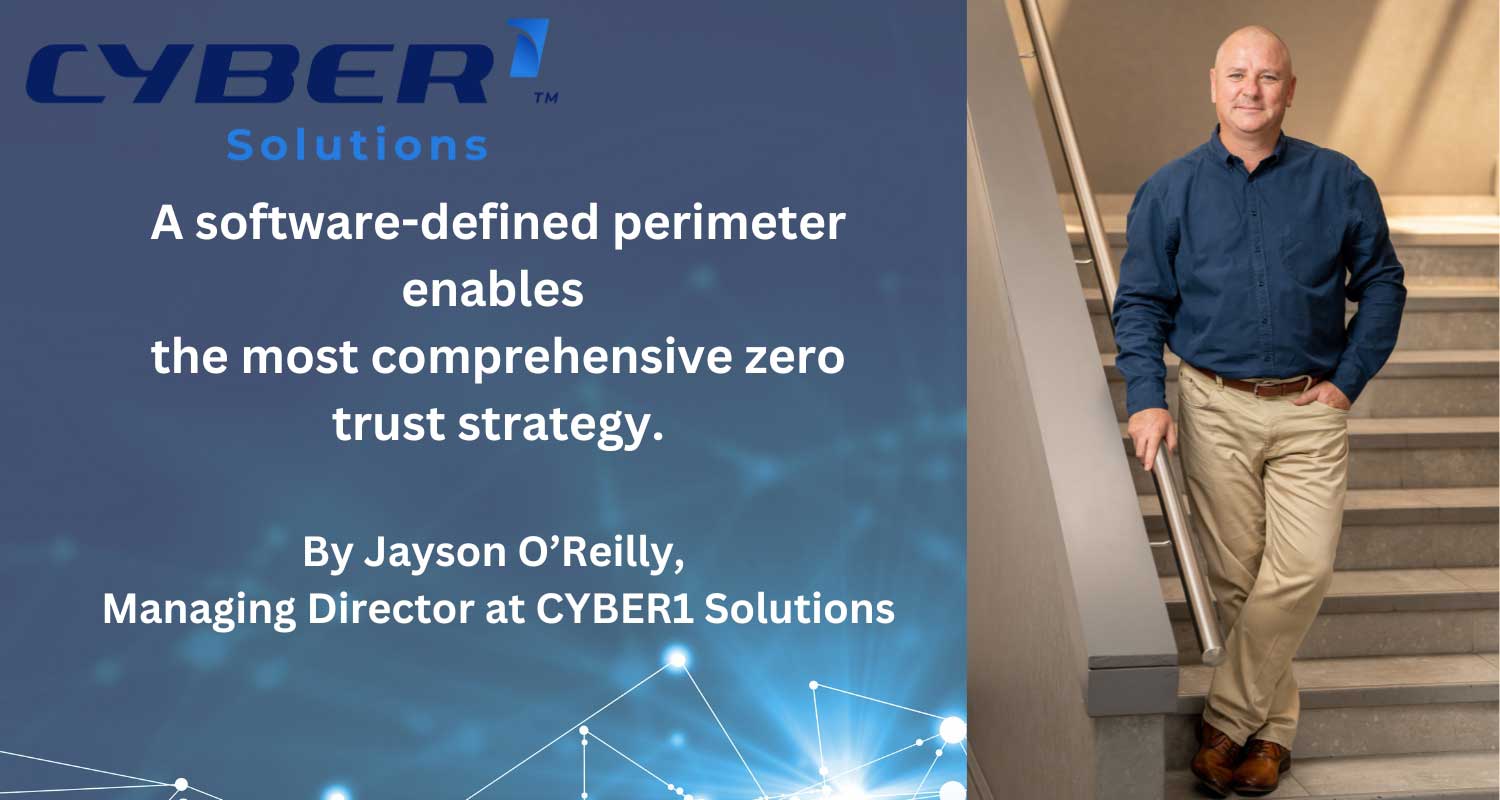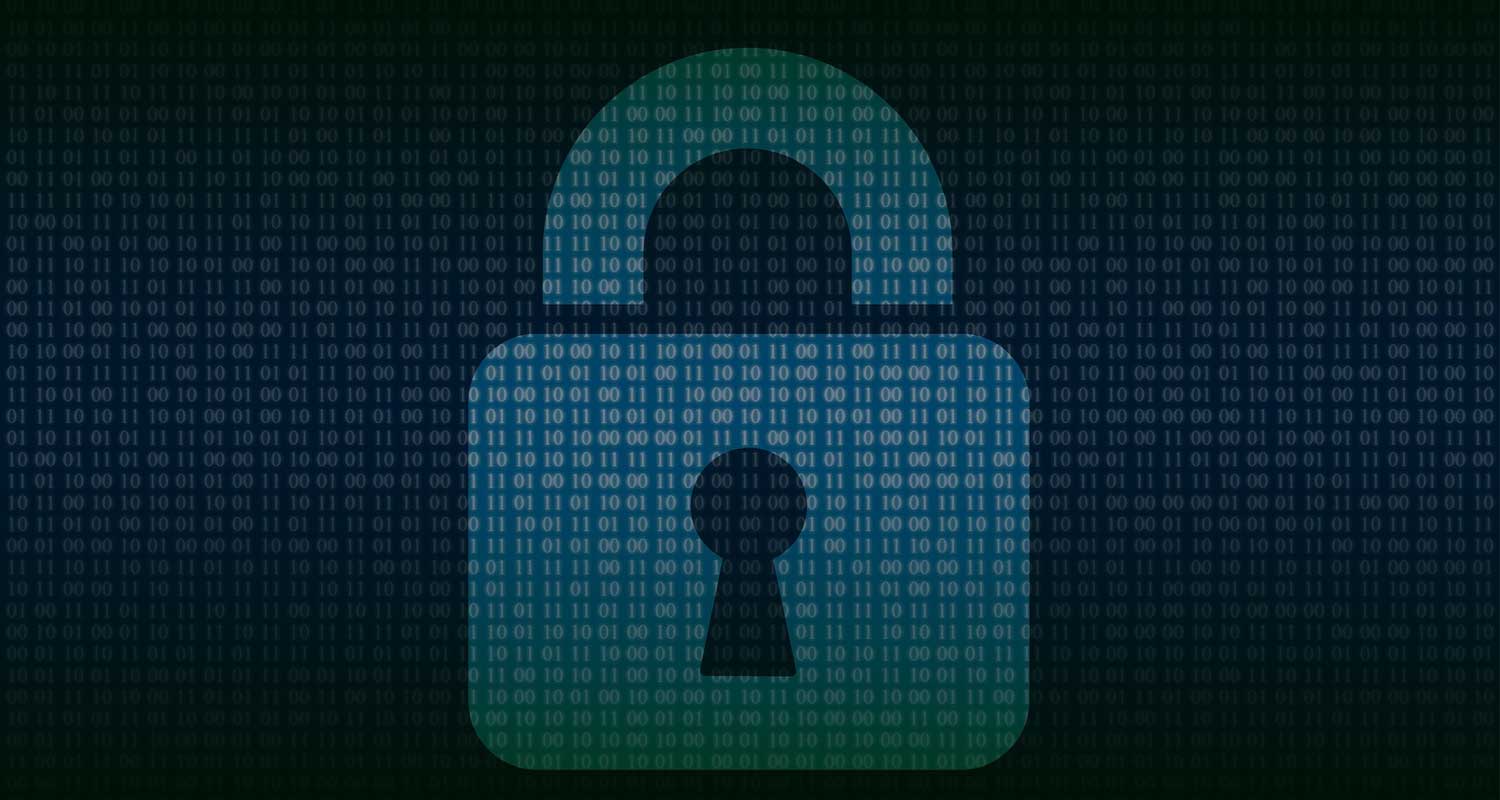 As the world moves increasingly to remote and hybrid work, a growing number of smart devices connect to the internet of things (IoT), and as companies adopt a “cloud-first” approach, security teams are battling to secure multiple access points.
As the world moves increasingly to remote and hybrid work, a growing number of smart devices connect to the internet of things (IoT), and as companies adopt a “cloud-first” approach, security teams are battling to secure multiple access points.
These challenges are amplified by a culture of “bring your own everything” – be it device, application or connection – have made it more challenging for organisations to secure their users, networks and data.
The traditional perimeter-based security model is no longer effective, driving businesses to adopt a newer, more effective approach to cybersecurity. One such approach is the software-defined perimeter (SDP), which enables the most comprehensive zero-trust strategy.
Traditional security models are inadequate
Historically, the perimeter was the main focus of cybersecurity. It utilised a range of tools such as firewalls, intrusion detection and prevention systems, and other network security technologies that acted as sentinels at the gate, enforcing a castle-and-moat approach that ensured that all bad actors and traffic were kept out.
However, with the rise of cloud computing and distributed workforces, the perimeter has become porous and fluid, rendering traditional security models ineffective.
Attackers can easily bypass perimeter security by using stolen credentials or other methods, and with social engineering growing increasingly sophisticated, getting their hands on these credentials isn’t too difficult either.
A zero-trust approach
This dissolving perimeter saw the rise of the zero-trust security model that assumes that every device, service and user on the network is untrusted. With zero trust, anyone attempting to access business resources, even individuals already inside the network, is not automatically trusted.
In this way, every time a user requests access they are verified, even if they were authenticated a few minutes before. No access to network resources is granted by default, and access is only granted on the principles of least privilege, ensuring that users access only what they strictly need to do their jobs.
With zero trust, several key principles that are based on the NIST guidelines are addressed, such as continuous verification, by always verifying access, every time and for all resources. In addition, it limits any potential fallout, minimising exposure and impact should an internal or external breach occur. Finally, it automates context collection and response, harnessing behavioural data and getting context from the full IT stack to ensure the best response.
The zero-trust model employs several layers of security controls, including authentication, authorisation and encryption.
 The software-defined perimeter
The software-defined perimeter
The SDP is a network architecture that implements zero-trust principles to provide more secure remote access than virtual private networks.
This approach controls access to resources based on identity and forms a virtual boundary around all resources that are networked. By building a perimeter through software instead of hardware, an SDP can obscure an entity’s infrastructure from malicious outsiders, irrespective of where it is located.
In this way, an SDP helps shrink the attack surface and prevent or mitigate internal and external network security threats. Much like zero trust, SDP works on the principles of “verify first, access after”, which means that access is only granted after the user and device have been authenticated and authorised.
SDP employs a range of security controls, including multifactor authentication, device profiling and encryption to create a secure network perimeter. It also uses a dynamic access model, which means that access to network resources is only granted for the duration of the session and is revoked when the session ends.
A comprehensive zero-trust strategy
Moreover, SDP enables the most comprehensive zero-trust strategy possible by providing a dynamic and flexible security model that can be applied to any network or application. The approach is not limited to a specific network or device, which means that it can be used to secure cloud, on-premises and hybrid environments.
SDP also provides a granular level of access control, meaning that access is only granted on a strictly need-to-know basis. Again, this reduces the attack surface and minimises the risk of a security breach. With SDP, real-time visibility into network activity is gained, which enables security teams to detect and respond to security incidents quickly.
Flexibility and scalability
Finally, SDP also offers a high level of scalability and flexibility. It can be deployed quickly and easily, and it can be used to secure networks and applications of any size and complexity, making it an ideal solution for businesses in every industry, from the smallest companies to their giant corporate counterparts.
For all these reasons, by adopting SDP, organisations can improve their overall security posture and reduce their risk of a security breach.
About CYBER1 Solutions
CYBER1 Solutions is a cybersecurity specialist operating in Southern Africa, East and West Africa, and Dubai, and elsewhere in the Europe, Middle East and Africa region.
Our solutions deliver information security; IT risk management; fraud detection; governance and compliance; and a full range of managed services. We also provide bespoke security services across the spectrum, with a portfolio that ranges from the formulation of our customers’ security strategies to the daily operation of endpoint security solutions. To do this, we partner with world-leading security vendors to deliver cutting-edge technologies augmented by our wide range of professional services.
Our services allow organisations in every sector to prevent attacks by providing the visibility into vulnerabilities they need to rapidly detect compromises, respond to breaches and stop attacks before they become an issue.
For more information, visit www.c1-s.com.
- The author, Jayson O’Reilly, is MD of CYBER1 Solutions
- Read more articles by CYBER1 Solutions on TechCentral
- This promoted content was paid for by the party concerned

